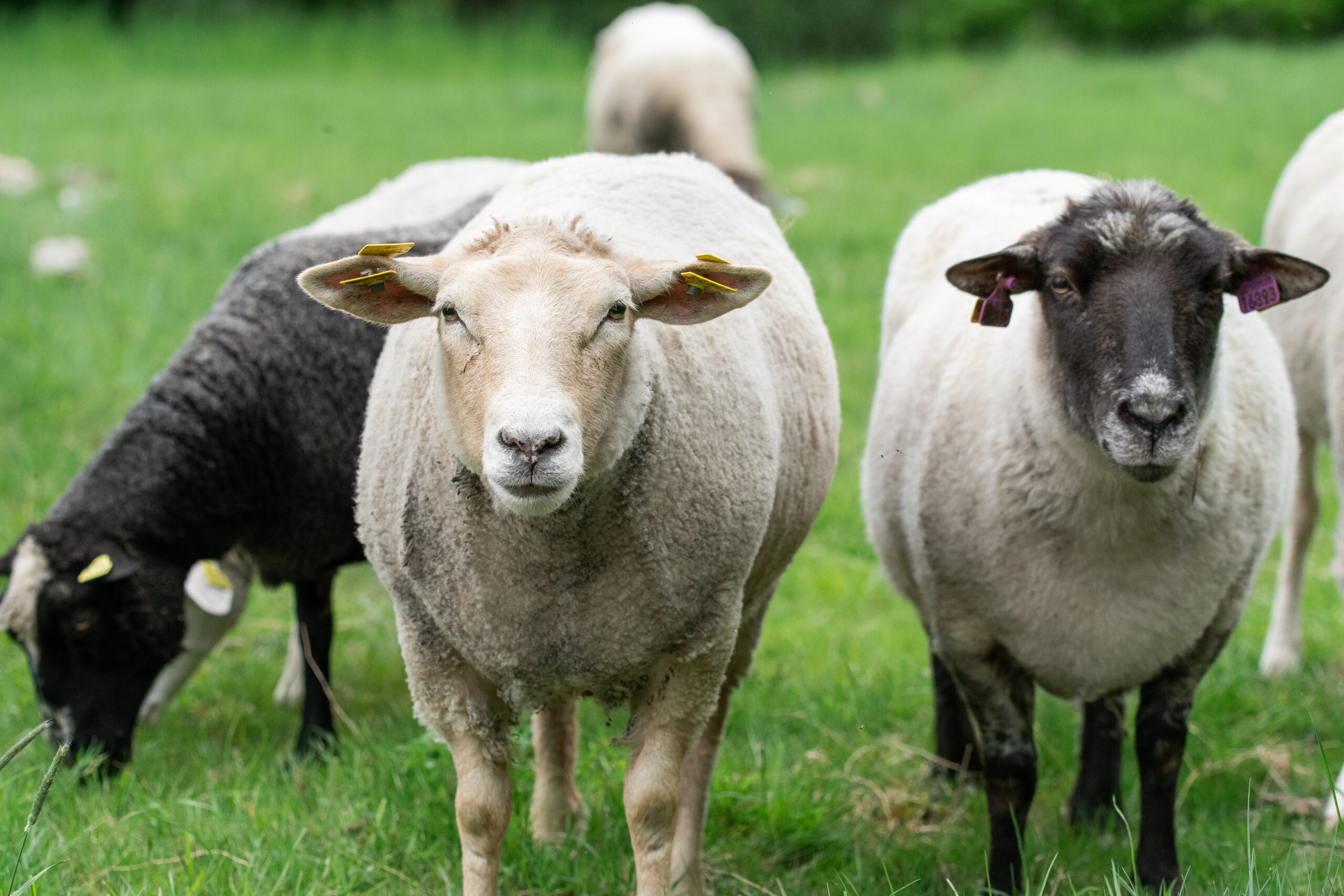Every livestock owner knows that healthy animals start from the ground up. When it comes to sheep, proper hoof care contributes to flock health and productivity. At Herd Health Management, we’ve seen firsthand how regular hoof trimming for sheep can prevent serious lameness issues and keep your animals moving comfortably across pastures and through handling facilities
What is Hoof Trimming?
Hoof trimming is the process of carefully cutting and shaping a sheep’s hooves to maintain proper structure and prevent overgrowth. Sheep have cloven hooves consisting of two separate toes, each requiring individual attention during trimming. The procedure involves removing excess material, reshaping the hoof wall, and ensuring proper weight distribution across the foot.
Professional sheep hoof trimming typically occurs every 6-12 months, but how often a trim is needed depends on factors such as age, terrain, and environmental conditions. For example, sheep raised on rocky or abrasive surfaces may naturally wear down their hooves more than those kept on soft pasture, requiring less frequent intervention.
Why Sheep Need Routine Hoof Trims
Several factors make regular hoof maintenance necessary for sheep welfare. Domestic sheep have been selectively bred for wool and meat rather than natural hoof durability, making them more susceptible to hoof problems than their wild ancestors.
Overgrown hooves create an ideal environment for bacterial infections, particularly foot rot and foot scald. These conditions thrive in the warm, moist pockets that form when excess material traps dirt and debris.
Environmental factors also play a role. Wet, muddy conditions soften the hoof horn, making it more prone to bacterial invasion and structural damage. Conversely, extremely dry conditions can cause hooves to become brittle and crack, creating entry points for infection.
The Dangers of Neglected Hooves
Failing to maintain proper hoof shape can lead to serious consequences that extend far beyond simple lameness. Overgrown hooves alter the sheep’s natural gait and weight distribution, potentially causing joint problems, muscle strain, and reduced mobility. Lame sheep often struggle to compete for food and water, leading to weight loss and decreased productivity.
Untreated hoof problems can quickly escalate into systemic infections. Foot rot, if left unchecked, can spread throughout the flock and become extremely difficult to eliminate. Severely infected animals may require extended antibiotic treatment or, in extreme cases, humane euthanasia.
From an economic perspective, hoof problems significantly impact farm profitability. Lame ewes may struggle to care for their lambs properly. Infected animals require additional veterinary care, medication costs, and extended recovery periods that reduce overall flock productivity.
The Benefits of Having Hooves Trimmed By a Veterinarian
- Prevents bacterial infections by eliminating pockets where moisture and debris accumulate
- Maintains proper weight distribution across the foot, reducing joint stress and improving mobility
- Has the experience to identify problems before they become serious health issues requiring extensive treatment
- Improves breeding performance by ensuring ewes can move comfortably during mating season
- Enhances overall flock productivity through reduced urgent veterinary treatment costs
- Extends productive lifespan by preventing chronic lameness
Choose Hoof Trimming for Sheep with Herd Health Management
Regular hoof trimming represents a critical investment in your flock’s health. By maintaining proper hoof structure, you protect your animals from painful infections and improve their overall wellness. Proactive hoof care prevents problems before they start. Herd Health Management performs hoof trims for sheep and other animals in Gilbert, AZ, as well as neighboring areas like San Tan Valley and Mesa. Contact us to schedule an appointment.

